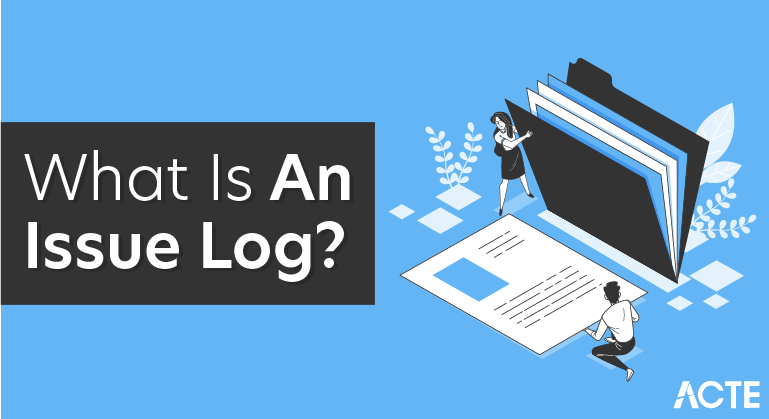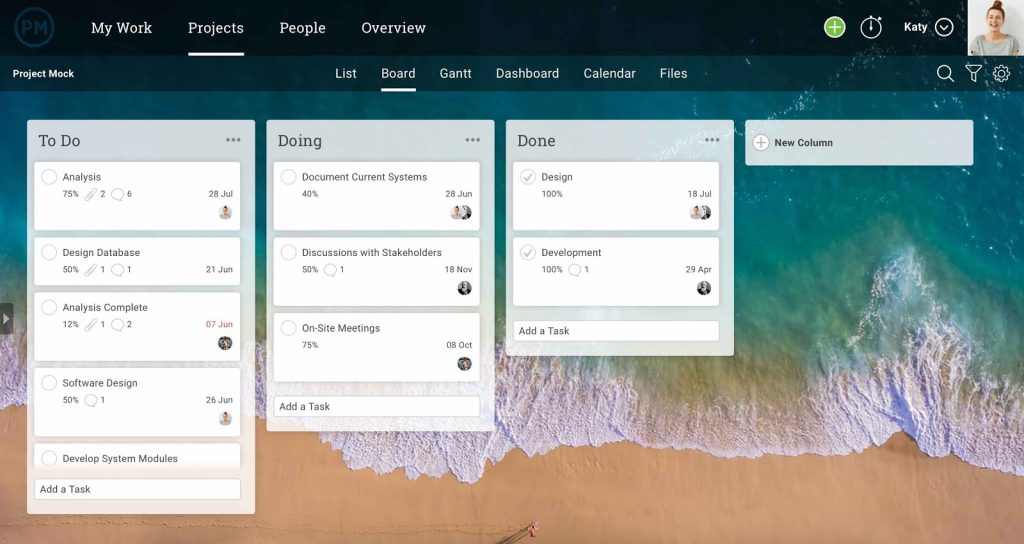
An issue log is a simple list or spreadsheet that helps managers track the issues that arise in a project and prioritize a response to them. An issue is any roadblock or unintended impact that directly affects your project’s timeline and or performance. It’s different from a risk, which can be defined as a potential problem or future issue that might happen in your project. An issue is something that has already come up in your project, and you need to identify and track that issue immediately.
We have created a simple Excel Issue Log template you can download for free. It’s an easy way for you to manage those issues that always disrupt a project and resolve them before they develop into a problem that takes the project off-track and grounds it in failure.
What Are the Components of an Issue Log?
An issue log is at its most basic a list where issues are collected as either ongoing or closed. This way you can track the issue from the time it’s identified until you have resolved it.
But an issue log can be more dynamic. They can order and organize issues by type and severity, which can help you prioritize and manage them. Therefore, you want to have column titles such as the following.
- Issue Number: If you want to track the issue, you should have an easy way to differentiate it from the others, because there’ll always be more than one.
- Status: It’s important to note whether the issue is open, in progress, blocked or done. This is where you’ll keep track of resolving it.
- Issue Description: Write down what the issue is is detail. It might sound obvious, but you don’t want to have the same issue tracked repeatedly in your log, and you want the person who will resolve the issue able to clearly understand what has happened, so they don’t have to chase people up and delay the response.
- Category: You might want to categorize issues by department or vendor, or define the type of issue it is. These might vary depending on the project or team.
- Priority: You might not have time or resources to address every issue, so it’s crucial that you prioritize them. Are they low, medium or high priority? Now you can filter the log and work on those issues that are most important to the project.
- Assigned to: This is also of paramount importance. If the issue doesn’t have an owner it’s likely never to get resolved. This is where you note the team member who is assigned to follow that issue to its resolution.
- Raised by: This is different than the assigned owner, who will shepherd the issue through the project and work on resolving it. This person is the one who first identified it, and they should be noted here, as they might prove a resource later in terms of answering questions that work towards its resolution.
- Open Date: You want to have a time-frame, and to do so you must have a beginning, which is the day the issue was identified.
- Closed Date: Now you have a firm timeline from start to finish, which can help when and if you go back to look at historic data when dealing with a similar issue in a later project.
- Comments: You always want space to jot down important information like how the issue was resolved, whether it was connected to another task, and likelihood of recurrence, etc.
Using ProjectManager.com for Issue Management
Now that you know the basic framework for creating an issue log, how do you use an issue log when managing a project? An issue log is a great tool to have in your project management toolbox. It can help you manage both your team and stakeholders.
That’s because an issue log delivers more than just a resolution of the issue, but creates trust and satisfies your stakeholders that you’re handling the project promptly and properly. Stakeholders and your team will feel they’re being heard and these issues won’t impact the project.
You’ve already created the issue log, which is great. It should, at best, be a collaborative document, or even better, integrated with ProjectManager.com, an online project management tool. If you can share it online, everyone has access to it. You’ve streamlined the process and made sure that no issue gets lost.
Kanban Boards as Issue Logs
The next step is logging in an issue once it’s been identified. You can do this online, where the person who first notes the issue has the responsibility to put it in the log. ProjectManager.com has kanban boards that can track the issue.
When it’s first identified, there can be a column that collects the issue. Then that card, which is the issue, can be assigned to a point person who is responsible for that issue. Now the team knows to go to them and they know it’s their responsibility to log the issues as they arise.

Follow the protocol of the issue log we outlined above. After assigning someone to take on that issue as their own, they are responsible for working on a resolution and tracking the progress of that action through the course of solving the issue.
This is why ProjectManager.com is so much more than an issue log. Not only can it assign an owner, who can collect documents directly to that task, as well as comment and team members for collaboration, it offers transparency to monitor the issue log. The final responsibility for the resolution of these issues doesn’t sit on the shoulders of those who are assigned to own it, but on your own.
Monitoring Issues
Part of the monitoring process is assessing the impact of the issue and the actions in place to resolve it. Maybe you need to put all your resources on this one issue, but maybe that level of attention and effort is counterproductive. So, you must know what issues need escalating and which don’t.
Along those lines, you want to ensure your actions are right for the issue at hand. Maybe this issue can wait. Maybe it needs immediate attention. That, of course, can change, which is why monitoring and continual assessment are important. You can see how the ProjectManager.com dashboard lets you monitor your tasks in one simple view, so you can ensure that your issues are being addressed.
While a team member might have ownership of the issue, once a course of action is developed to address it and, hopefully, resolve the issue, it’s now up to you to make final approval before implementing. Then you must make sure the plan is in fact effective and resolving the issue. If it’s not, then it’s back to the drawing board.
Issue Log Example :
The image below depicts a sample template of an issue log:

By maintaining an issue log, a project team is able to raise and document issues—and ensure that they are investigated and resolved quickly and effectively. This, in turn, can help the team deliver the project within budget and on time.
Are you considering a career in Project Management? ACTE offers multiple project management training courses and learning paths that can help aspiring project managers get the education they need—not only to pass certification exams like the PMP® but also real-world knowledge useful for any Project Management career.





